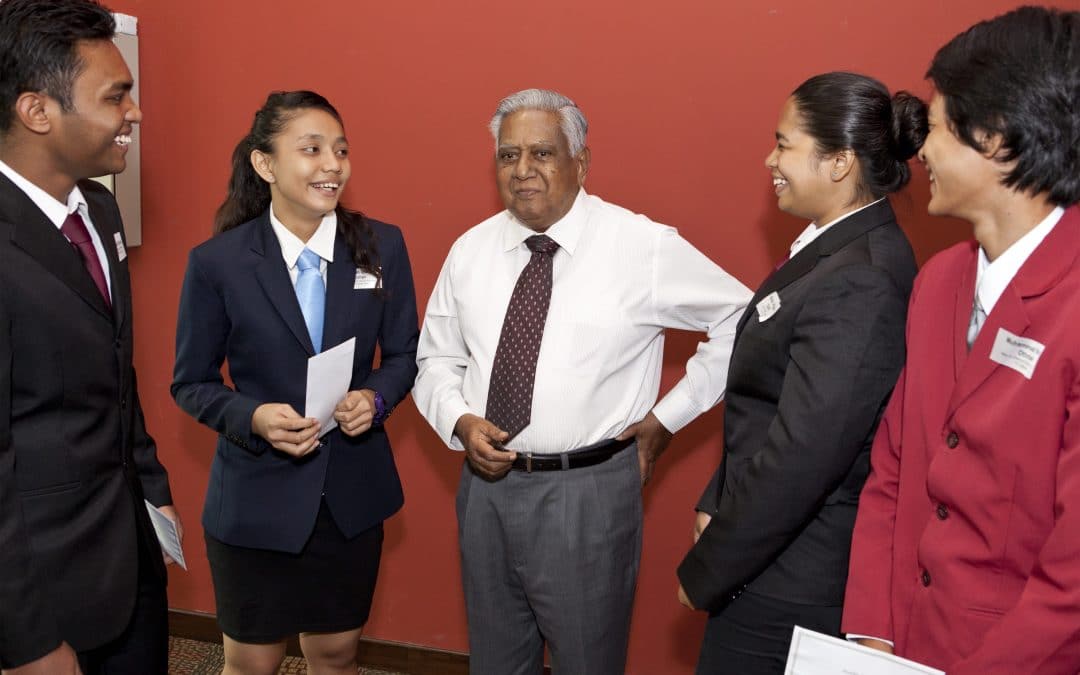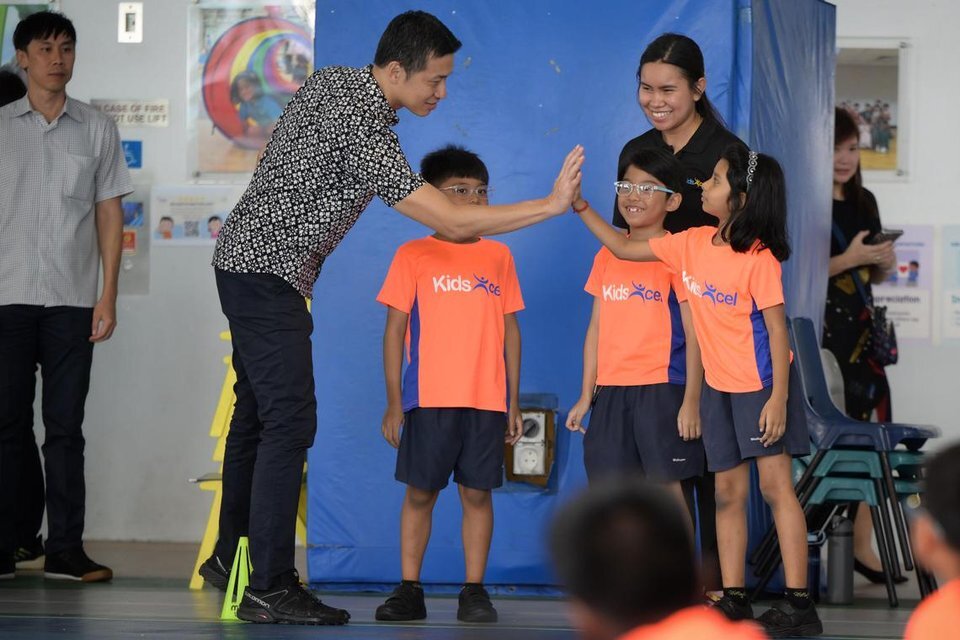The Straits Times: Legacy of giving lives on


In his final year as president, Mr S R Nathan – together with a few of his close friends – started discussing with me the idea of starting a philanthropic fund to help “uplift” children from poor families.
Coinciding with the launch of Mr Nathan’s memoir An Unexpected Journey: Path To The Presidency in 2011, the S R Nathan Education Upliftment Fund was established to provide financial support to disadvantaged young people by helping them complete their education.
Despite Mr Nathan’s initial reluctance on naming the fund after himself (the humble and unassuming man that he was), we were glad he eventually relented, as it would help promote the concept of community ownership and inspire others to do the same.
Administered by the Community Foundation of Singapore, the fund has since supported close to 1,000 Institute of Technical Education, polytechnic and university students by providing them bursaries, scholarships and monthly financial assistance.
The fund resonated with Mr Nathan’s beliefs and conviction about giving and receiving kindness, which we witnessed first-hand while working with him to manage the grants.
He was always involved and would make time to meet the many recipients – getting to know them and their families. He would even follow up by sending handwritten notes of thanks and encouragement.
Mr Nathan has touched many young lives through this fund. His death leaves a void, but his legacy of giving lives on. I hope that in time to come, those whom he has helped will do the same by reaching out to help others.
Laurence Lien Tsung Chern
Chairman
Community Foundation of Singapore
Link to story: http://www.straitstimes.com/forum/letters-in-print/legacy-of-giving-lives-on
In his final year as president, Mr S R Nathan – together with a few of his close friends – started discussing with me the idea of starting a philanthropic fund to help “uplift” children from poor families.
Coinciding with the launch of Mr Nathan’s memoir An Unexpected Journey: Path To The Presidency in 2011, the S R Nathan Education Upliftment Fund was established to provide financial support to disadvantaged young people by helping them complete their education.
Despite Mr Nathan’s initial reluctance on naming the fund after himself (the humble and unassuming man that he was), we were glad he eventually relented, as it would help promote the concept of community ownership and inspire others to do the same.
Administered by the Community Foundation of Singapore, the fund has since supported close to 1,000 Institute of Technical Education, polytechnic and university students by providing them bursaries, scholarships and monthly financial assistance.
The fund resonated with Mr Nathan’s beliefs and conviction about giving and receiving kindness, which we witnessed first-hand while working with him to manage the grants.
He was always involved and would make time to meet the many recipients – getting to know them and their families. He would even follow up by sending handwritten notes of thanks and encouragement.
Mr Nathan has touched many young lives through this fund. His death leaves a void, but his legacy of giving lives on. I hope that in time to come, those whom he has helped will do the same by reaching out to help others.
Laurence Lien Tsung Chern
Chairman
Community Foundation of Singapore
Link to story: http://www.straitstimes.com/forum/letters-in-print/legacy-of-giving-lives-on
- Related Topics For You: ACCESSING QUALITY EDUCATION, CHARITY STORIES, DONOR STORIES, DONOR-ADVISED FUND, EDUCATION, FAMILIES, INCLUSIVITY & INTEGRATION, LEGACY GIVING, NEWS, STORIES OF IMPACT, YOUTH

.jpg)

